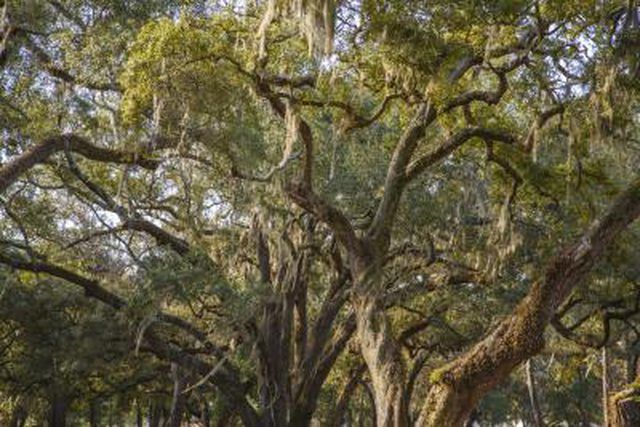Bulbs
Flower Basics
Flower Beds & Specialty Gardens
Flower Garden
Garden Furniture
Garden Gnomes
Garden Seeds
Garden Sheds
Garden Statues
Garden Tools & Supplies
Gardening Basics
Green & Organic
Groundcovers & Vines
Growing Annuals
Growing Basil
Growing Beans
Growing Berries
Growing Blueberries
Growing Cactus
Growing Corn
Growing Cotton
Growing Edibles
Growing Flowers
Growing Garlic
Growing Grapes
Growing Grass
Growing Herbs
Growing Jasmine
Growing Mint
Growing Mushrooms
Orchids
Growing Peanuts
Growing Perennials
Growing Plants
Growing Rosemary
Growing Roses
Growing Strawberries
Growing Sunflowers
Growing Thyme
Growing Tomatoes
Growing Tulips
Growing Vegetables
Herb Basics
Herb Garden
Indoor Growing
Landscaping Basics
Landscaping Patios
Landscaping Plants
Landscaping Shrubs
Landscaping Trees
Landscaping Walks & Pathways
Lawn Basics
Lawn Maintenance
Lawn Mowers
Lawn Ornaments
Lawn Planting
Lawn Tools
Outdoor Growing
Overall Landscape Planning
Pests, Weeds & Problems
Plant Basics
Rock Garden
Rose Garden
Shrubs
Soil
Specialty Gardens
Trees
Vegetable Garden
Yard Maintenance
Live Oak Tree Problems
Live Oak Tree Problems. A full grown live oak is a thing of beauty. Living up to 100 years, live oaks can grow to 85 feet tall with a large canopy reaching 132 feet wide. The wood of live oak is a dense hardwood and commonly used in manufacturing of furniture. Live oaks keep their leaves year around. The fruit of the live oak is the acorn, which is...
A full grown live oak is a thing of beauty. Living up to 100 years, live oaks can grow to 85 feet tall with a large canopy reaching 132 feet wide. The wood of live oak is a dense hardwood and commonly used in manufacturing of furniture. Live oaks keep their leaves year around. The fruit of the live oak is the acorn, which is harvested by humans and animals. Live oaks are hardy trees, but there are a few problems that may damage or kill your live oak.
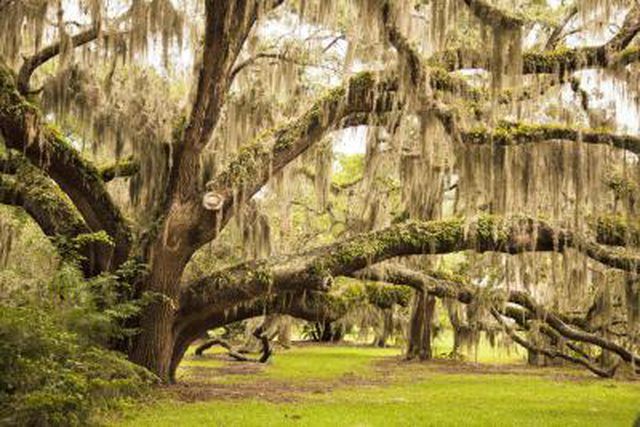
Aphids can appear on your live oak in the spring. They feed on new growth and cause affected leaves to curl. Aphids also produce honey dew, which can encourage the growth of fungus. The tent caterpillar also feeds on the leaves, causing extensive leave drop. Scale insects have also been known to infect live oak trees. If left untreated, these insects can seriously damage your tree. At the first sign of infection, treat with an insecticidal soap or a insecticide.

This disease comes from fungus and mold resulting from over-watering or shallow water tables. The live oak tree's natural conditions are warm summers, and this disease is more common in irrigated landscapes. When the roots are infected, the trunk stops growing and a flat side appears on the trunk of the tree. This fungus can cause the leaves to fall or in extreme infection, the entire canopy of the tree can turn brown. The top of the tree may lose its leaves, or the entire canopy thins. Use fungicides to eliminate this fungus, but with severe infections, it may be necessary to remove the tree.
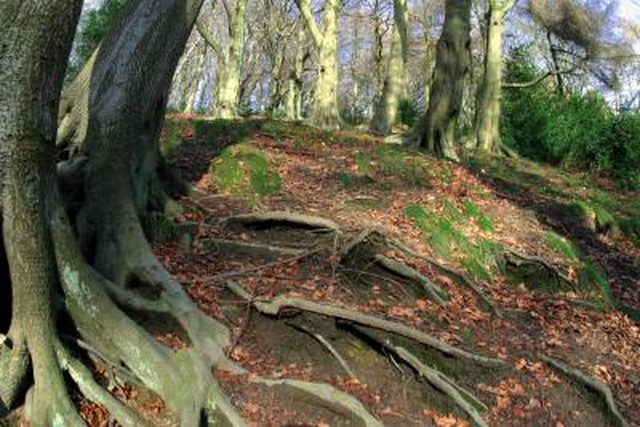
This condition is more common in humid locations such as along the coastline. Powdery mildew affects new growth on the tree and cause malformed twigs that splinter. Leaves appear white or yellow and are malformed. Frequent irrigation increases the likeliness of powdery mildew infections. This disease can kill your tree. At the first sign of infection, treat your tree with a fungicide.
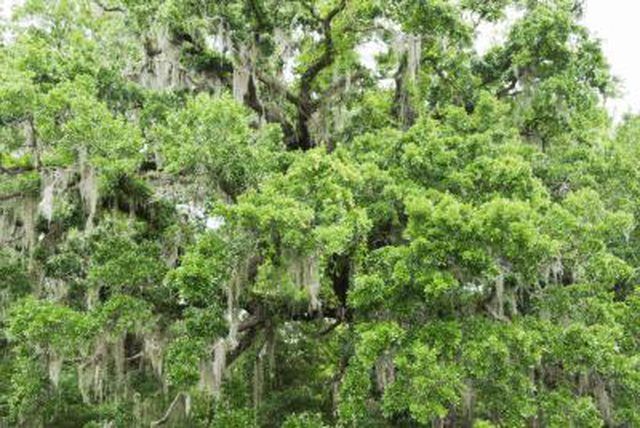
Anthracnose is a fungal disease common along the coast in the live oaks in southern California. Rainfall activates the Anthracnose spores in dead twigs and begins to affect new leaves, spreading from the lower branches up. Leaves discolor and then fall. Warm, wet weather encourages this disease. It will clear by itself in dry weather but sprays of thiophanate-methyl have been known to retard this disease.
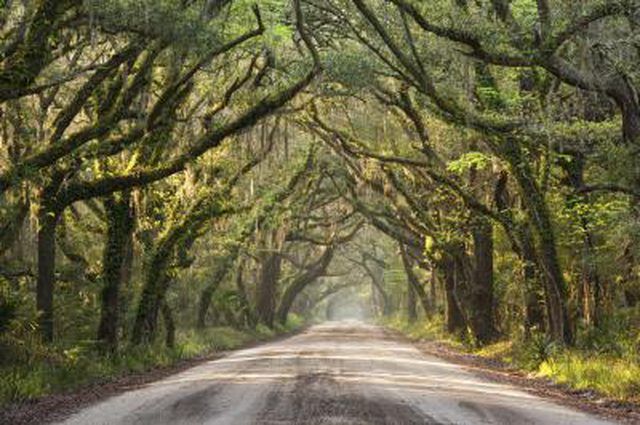
Although a well-known and much loved Christmas tradition, mistletoe is a parasitic plant that feeds on trees such as the live oak. Mistletoe grows high in the canopy of the trees and can cause branches to die. Female mistletoe plants produce white berries which attract birds. The birds eat the berries and subsequently spread the mistletoe to new trees. Although the mistletoe drains nutrients from the tree, it shouldn’t kill it. However, if your tree is already infected by a disease or insect infestation, mistletoe could stunt your tree’s growth. Mistletoe is difficult to eradicate. Removal of all infected branches as soon as the mistletoe appears is recommended but in larger branches, you can remove the mistletoe by cutting it from the branch and then wrapping the area with heavy black plastic to stop re-growth
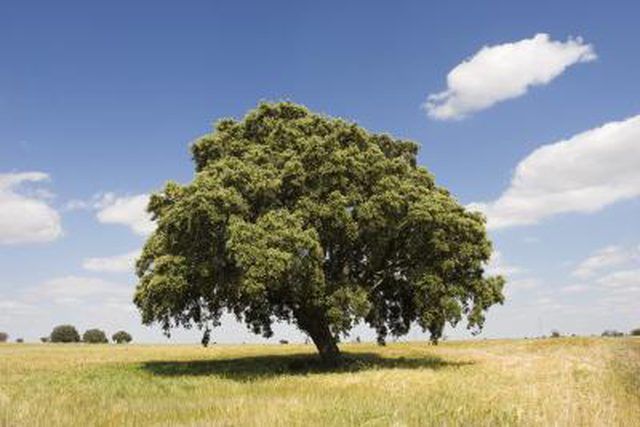
Usually caused by a heart rot fungus, wood decay usually starts at the base of the trunk. Although not all mushrooms indicate wood decay, large mushrooms can form around the base of the tree or on the tree trunk. Another indication of wood decay is the presence of the the Ambrosia beetle. Many fungi can cause the wood of the live oak to rot. Treatment with insecticide and fungicide may preserve your tree, but in severe infestations, the live oak tree must be removed to avoid damage to surrounding plants or structures.
